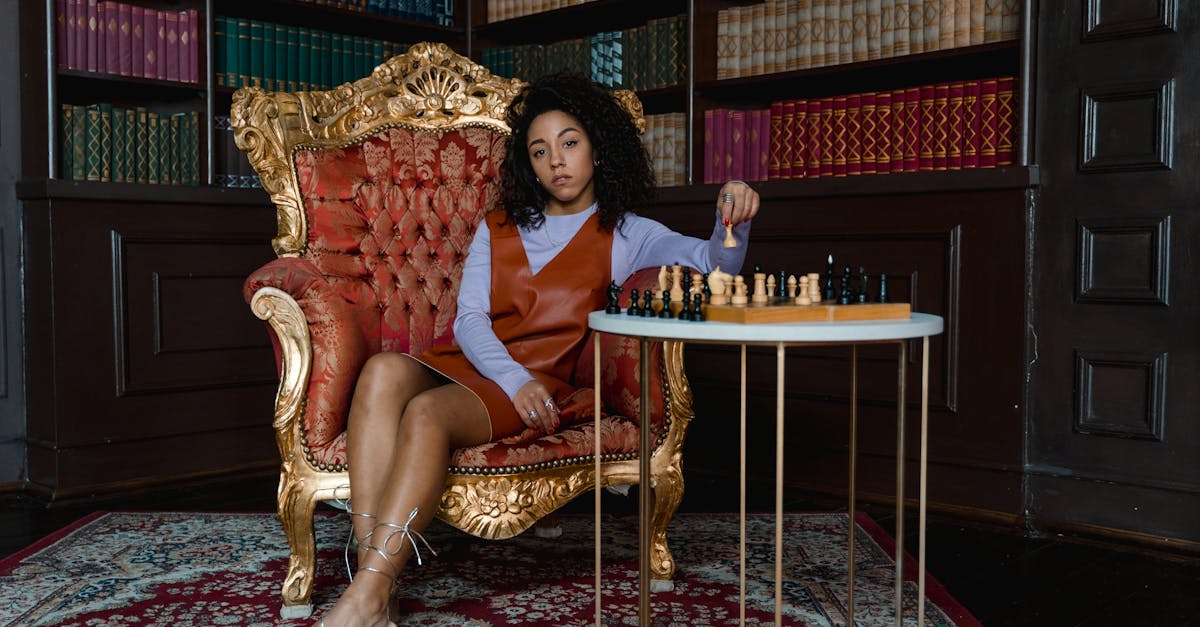Osmolith Chronicles Style Evolution
Introduction
The Osmolith Chronicles have enthralled audiences with its evolving art style, mirroring the growth of its characters and plot. In addition to storytelling, the series has consistently showcased artists' adaptability in keeping the visuals fresh and engaging. As the chronicles unfolded over the years, readers noticed significant changes in the illustrations that brought nuanced depth to the narrative. These visual evolutions aren't just aesthetic enhancements; they reflect profound thematic shifts. The interplay between art and story in the series has captivated fans and kept them returning for more. Readers are intrigued by how these artistic changes symbolize the growth in characters and plot.
Advertisement
The Early Stages
In the initial phases, the art style of Osmolith Chronicles was simple yet charming, focusing on clean lines and vibrant colors. Influenced by classic graphic novels, the initial volumes mirrored a sense of innocence that paralleled the world-building and introduction of characters. Artists concentrated on establishing an approachable world, drawing readers effortlessly into the universe of Osmolith. This phase saw limited use of complex shading techniques, emphasizing clarity. By keeping the style simple, early illustrations effectively catered to a broader audience. During these foundational years, the series laid the groundwork for what would evolve into a uniquely engaging art style.
Advertisement
Transitioning to Complexity
As the Osmolith Chronicles progressed, the storyline grew darker and more intricate, accompanied by a corresponding shift in art. Artists introduced more elaborate shading, texture, and intricate line work, aligning perfectly with the maturing narrative. Characters depicted in increasingly complex settings highlighted their growth and evolving roles. The style became more detailed, adding layer upon layer of visual storytelling. This period marked a transition from innocence to maturity, reflecting the characters' challenges and deepening plots. The darker tones and more detailed work attracted audiences who appreciated the evolving sophistication of both story and visual art.
Advertisement
Character Evolution Reflected in Art
Artistic evolution echoed character development in the series, mirroring pivotal changes and themes. Characters' shifting costumes, expressions, and postures were subtly altered to reflect internal changes and conflicts. Artists keenly focused on enhancing character depth, illuminating their journeys through visual elements. Visual nuances like deliberate color choices or distinctive scars provided insights into past hardships and triumphs. The heightened attention to character detail shaped reader perceptions, emphasizing the complexities embedded in the storyline. This personal connection fostered emotional investment, drawing fans even deeper into the Osmolith experience.
Advertisement
The Influence of Art Techniques
Integration of various art techniques such as watercolor, digital painting, and mixed media became evident as the series matured. These methods introduced a dynamic range of textures and moods, enhancing the emotional gravity of scenes. Digital advances allowed for experimentation, resulting in cutting-edge designs and vivid depictions of fantastical worlds. Artists played with light and shadow, creating visually stunning contrasts that elevated the narrative tension. Such art techniques signified the creative freedom and innovation present in the Osmolith Chronicles. This immersive experience thrilled fans, as they could visually trace how artistic ambitions matched storytelling complexities.
Advertisement
Art as a Symbiotic Partner to Storytelling
The relationship between art and story in the Osmolith Chronicles is profoundly symbiotic, each enhancing the other. Readers navigate through multilayered chapters using visual clues provided by artists. Art acts as both guide and judge of the narrative, ensuring readers stay attuned to thematic shifts and character revelations. From suspenseful battles to serene landscapes, illustrations add dimension to storytelling, making the fantastic relatable. Varied art styles mark different arcs, signifying changes like emerging threats or alliances. Hence, the art becomes a vital companion in deciphering the series' evolving themes and motifs.
Advertisement
Reader Engagement Through Art
The Osmolith Chronicles' evolving art style has played an essential role in sustaining fan engagement over the years. New art styles and techniques invite readers to rediscover the series and explore different layers of narrative meaning. Fans often cite art as a compelling reason for their sustained interest, crediting visual elements with enhancing emotional connection. Art-driven theories emerged, generating reader speculation on plot advancements. Engaging readers on multiple levels, artistic innovation fosters a loyal fanbase, eager for each new chapter. This sense of discovery keeps the series fresh, ensuring its place in readers’ hearts.
Advertisement
The Future of Osmolith Chronicles Art
As the journey of Osmolith Chronicles continues, its art will undoubtedly evolve alongside its story. Future volumes hint at potential shifts, as artists experiment with trends and technology. Anticipated advancements like augmented reality elements could revolutionize reading experiences, making interactions highly personalized. Continued growth is expected as artists expand boundaries, challenging traditional storytelling norms. Future transformations may see a mix of established styles and novel methods, keeping the narrative vibrant. This commitment to progressive art ensures that the Osmolith Chronicles will remain a groundbreaking visual and narrative journey.
Advertisement
Conclusion
The evolution of the art style in the Osmolith Chronicles intricately mirrors its dynamic storytelling, creating a compelling reader experience. From simple beginnings to sophisticated artistry, these visual innovations have enriched the series. As characters and plots develop, so do the vibrant depictions that capture their essence. This interplay ensures the series' enduring appeal among diverse audiences, drawn by both narrative and visual depth. The unique blend of art and storytelling in the Osmolith Chronicles demonstrates how illustration is integral to shaping a memorable and evolving narrative.
Advertisement


